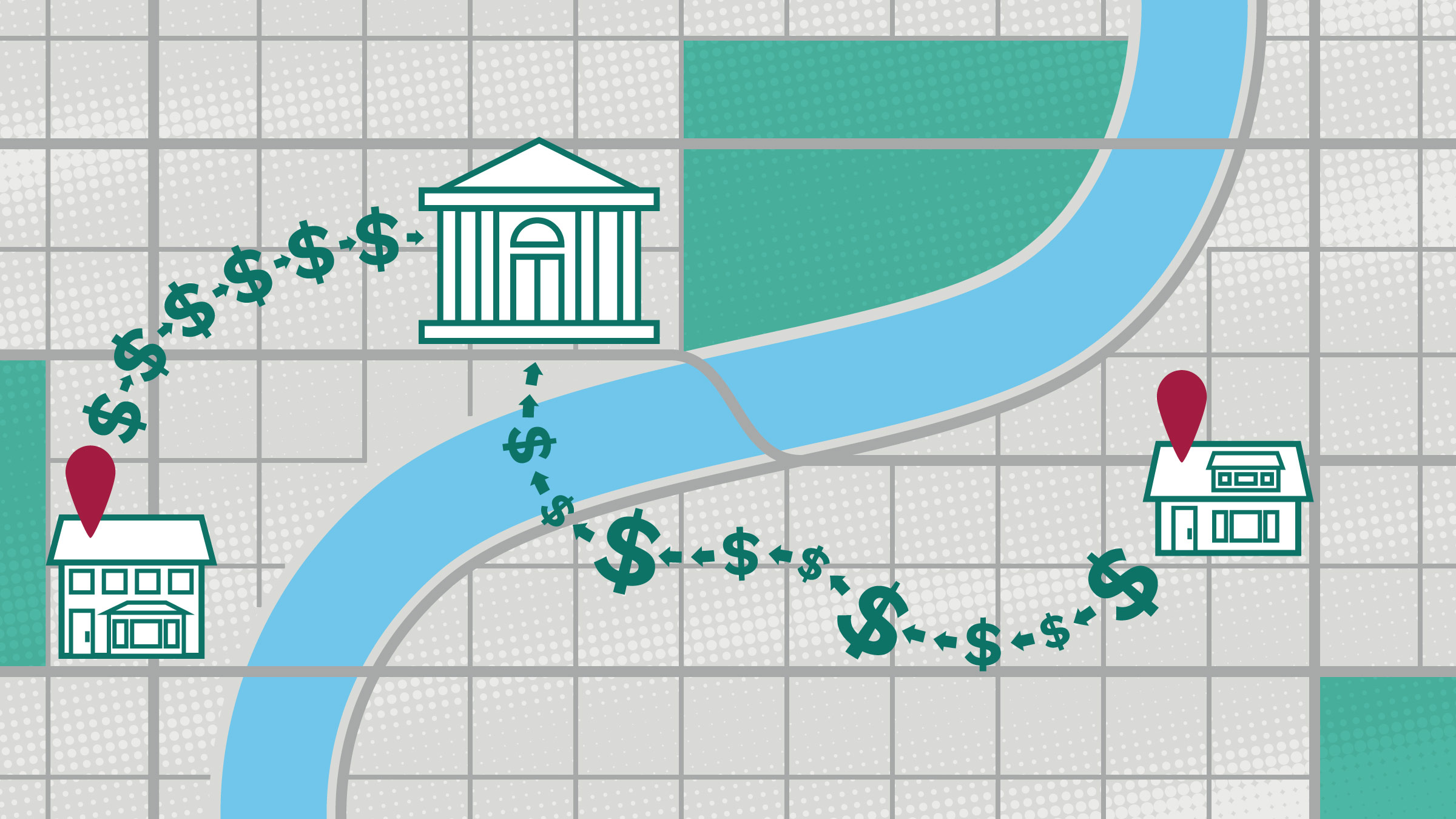Abstract
This paper explores the extent to which the Mexican government's inability to roll over its debt during December 1994 and January 1995 can be modeled as a self-fulfilling debt crisis. In the model there is a crucial interval of debt for which the government, although it finds it optimal to repay old debt if it can sell new debt, finds it optimal to default if it cannot sell new debt. If government debt is in this interval, which we call the crisis zone, then we can construct equilibria in which a crisis can occur stochastically, depending on the realization of a sunspot variable. The size of this zone depends on the average length of maturity of government debt. Our analysis suggests that for a country, like Mexico, with a very short maturity structure of debt, the crisis zone is large and includes levels of debt as low as that in Mexico before the crisis.






